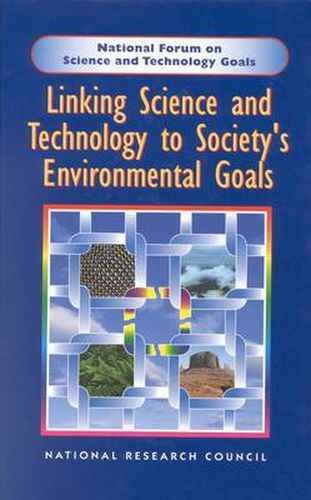Readings Newsletter
Become a Readings Member to make your shopping experience even easier.
Sign in or sign up for free!
You’re not far away from qualifying for FREE standard shipping within Australia
You’ve qualified for FREE standard shipping within Australia
The cart is loading…






Where should the United States focus its long-term efforts to improve the nation’s environment? What are the nation’s most important environmental issues? What role should science and technology play in addressing these issues? Linking Science and Technology to Society’s Environmental Goals provides the current thinking and answers to these questions. Based on input from a range of experts and interested individuals, including representatives of industry, government, academia, environmental organizations, and Native American communities, this book urges policymakers to: use social science and risk assessment to guide decision making; monitor environmental changes in a more thorough, consistent, and coordinated manner; reduce the adverse impact of chemicals on the environment; move away from the use of fossil fuels; and adopt an environmental approach to engineering that reduces the use of natural resources. Substantially increase our understanding of the relationship between population and consumption. This book will be of special interest to policymakers in government and industry; environmental scientists, engineers, and advocates; and faculty, students, and researchers.
$9.00 standard shipping within Australia
FREE standard shipping within Australia for orders over $100.00
Express & International shipping calculated at checkout
Where should the United States focus its long-term efforts to improve the nation’s environment? What are the nation’s most important environmental issues? What role should science and technology play in addressing these issues? Linking Science and Technology to Society’s Environmental Goals provides the current thinking and answers to these questions. Based on input from a range of experts and interested individuals, including representatives of industry, government, academia, environmental organizations, and Native American communities, this book urges policymakers to: use social science and risk assessment to guide decision making; monitor environmental changes in a more thorough, consistent, and coordinated manner; reduce the adverse impact of chemicals on the environment; move away from the use of fossil fuels; and adopt an environmental approach to engineering that reduces the use of natural resources. Substantially increase our understanding of the relationship between population and consumption. This book will be of special interest to policymakers in government and industry; environmental scientists, engineers, and advocates; and faculty, students, and researchers.